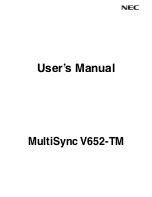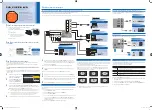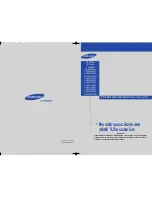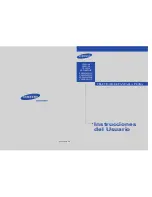
8
TS9000/TS9050 TouchStar Systems User Manual
TS9050
The TS9050 is designed for vehicular-mounted applications
such as on forklifts, hostlers and motorized pallets. It is pow-
ered from the vehicle’s electrical system (battery) through a
power converter. It uses a 2.4 GHz spread-spectrum radio link
to communicate with (RF) network access points hard-wired
into the LAN. Antenna options include patch and “rubber
duck” types. Antenna connectors are non-standard to prevent
antenna substitution and resultant operation in violation of FCC
regulations.
Front Panel
The TouchStar front panel consists of a gasketed infrared
touchscreen mounted over a flat-panel video display. The
TouchStar is operated by touching the screen to activate func-
tions and initiate actions. Programming guidelines for touch-
screen-based applications are provided in separate manuals,
Touchscreen Driver for DOS
and
Touchscreen Driver for Windows
.
An on-line help file is available for
Windows 95
and
Windows NT
.
Press the help key to access the appropriate help file.
The TouchStar is factory-configured with either an electrolumi-
nescent or active-matrix LCD flat-panel display system. All
touchscreen/display combinations operate in a similar manner.
The type of display provided in your particular TouchStar
model is matched to the specific requirements of your applica-
tion including ambient lighting, available viewing angle and
environmental extremes.
Rear Panel
All cabled connections to the TouchStar are made through the
rear panel, with the exception of the RF connection in wireless
communication-equipped systems. Located on the rear panel
are a RESET button, a power connector, a parallel I/O connec-
tor, two serial I/O connectors, and dual PCMCIA slots. Also
located on the rear panel are connectors for an external PS/2
keyboard, mouse, network connections, stereo speaker and
microphone connections, and a locking keyboard connector. To
use the locking keyboard connector, please contact Citadel
Computer Corporation to order the mating cable.
1 - INTRODUCTION









































